places to go trekking in morocco
trekking in Morocco
Few countries boast such impressive natural diversity as Morocco. From its balmy coastline to the remote landscapes of its interior, the country offers visitors everything from relaxing beach holidays to mountain escapes. Yet trekking in Morocco remains a highlight for many.
Beginners will enjoy gentle forays into the Atlas Mountains in summer, while tackling some of Africa’s toughest terrain in the depths of snow-wracked winter presents a serious challenge even for seasoned trekkers. Morocco rewards any traveler who explores its vast valleys and peaks.
Here, we’ve picked seven of our favorite treks.
Mount Toubkal
North Africa’s highest peak, Jebel Toubkal, rises to 4167m in the skies of the central High Atlas, providing views that more than reward the effort of climbing up there. This near-mythical mountain is the most praised peak in the country and deserves the praise heaped upon it.
In summer it’s an adventure reasonably fit people can tackle in two or three days from Imlil – altitude sickness, sunstroke and dehydration permitting – and the Kasbah du Toubkal is an ideal base located at the trailhead .
In winter, when the trails are thick with snow, Toubkal is an even more serious beast requiring specialist equipment and skills. For a grueling but exhilarating challenge, there’s also the Toubkal Circuit, a grueling trek that takes around a week to complete.
Where stay
Riad Atlas Chateau – Owned by Driss Lachguer, a famous Berber mountain guide, this family-run guesthouse offers spacious, pristine rooms with private bathrooms (save some cheaper rooms), air conditioning and heating. Solid breakfasts included.
What to do
The easiest way to get around Jebel Toubkal is on a guided tour, like this 3-day tour that starts and ends in Marrakech.
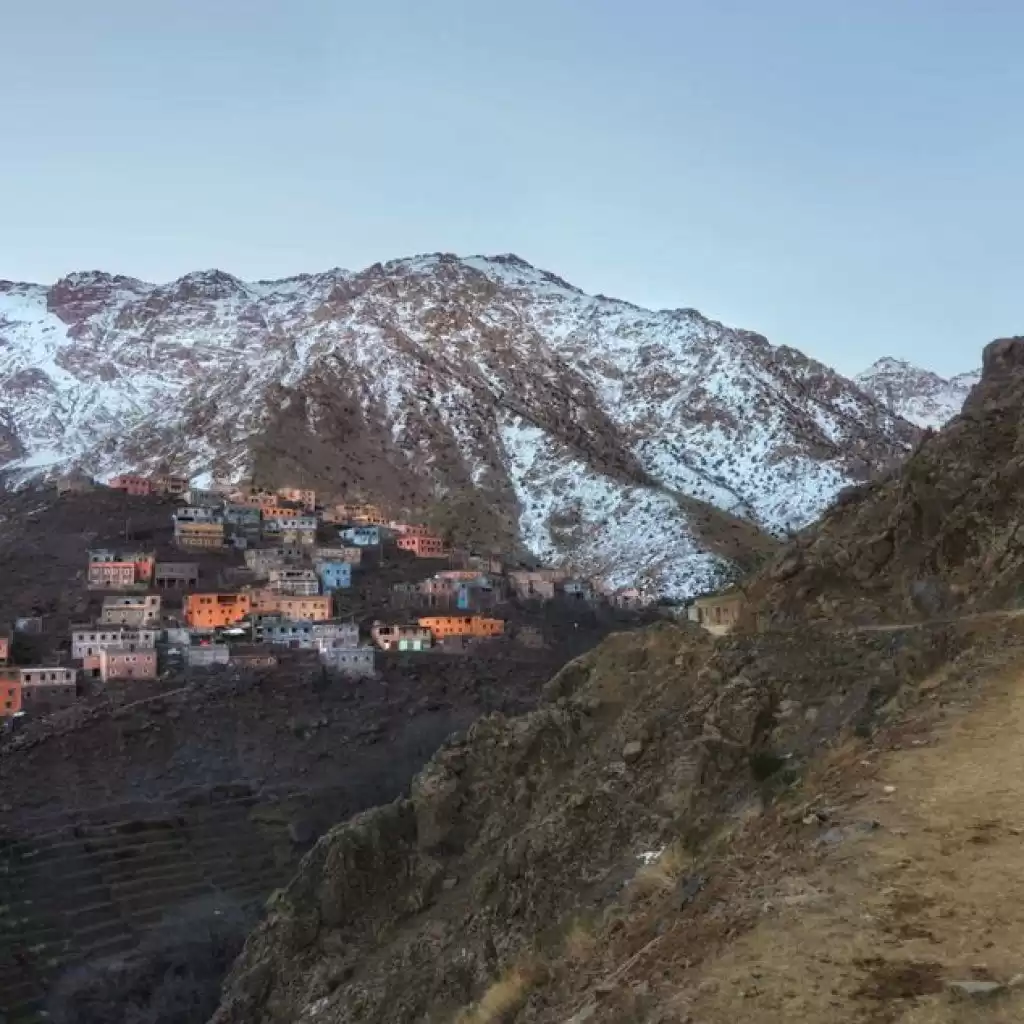
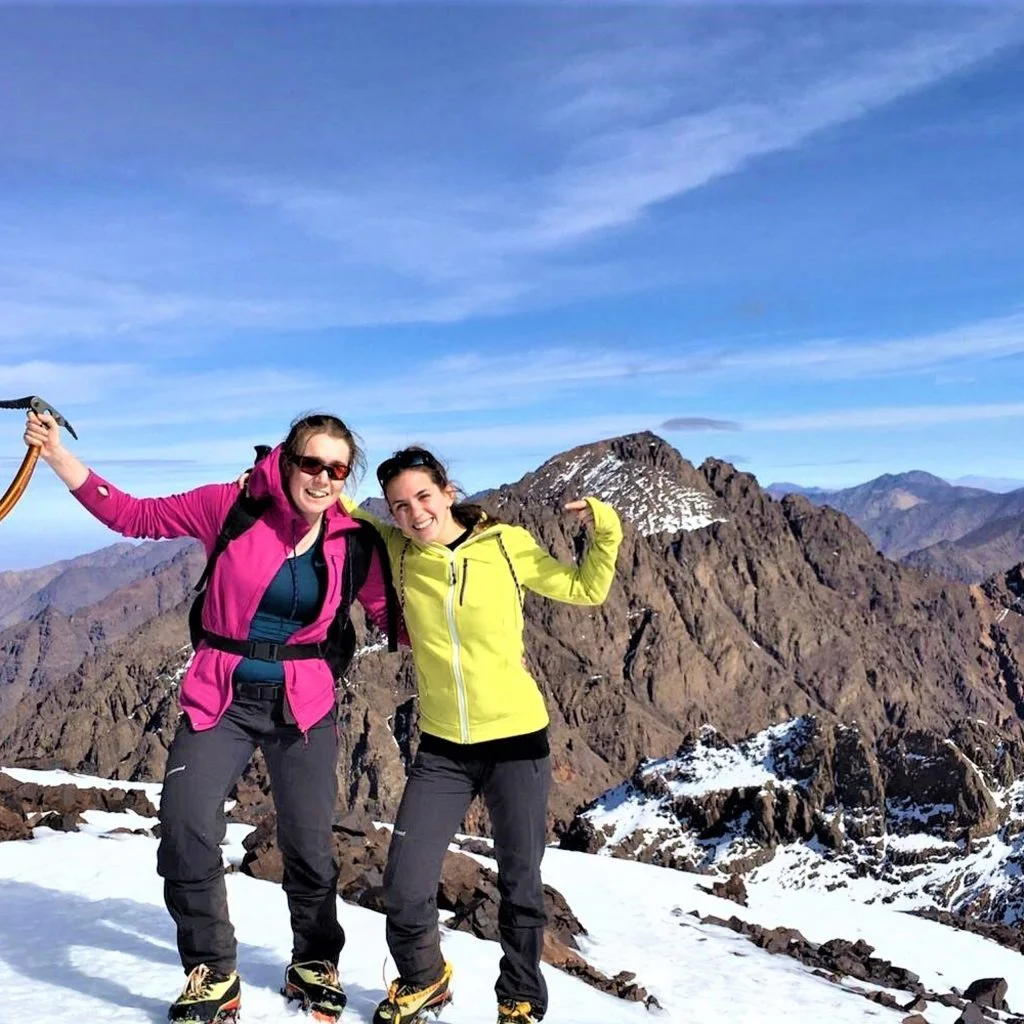
Jebel Saghro
When snows make the High Atlas difficult, the Jebel Saghro mountain range offers beautiful winter landscapes but with fewer challenges. A continuation of the Anti-Atlas, it has slightly milder temperatures and trails that are usually still passable without the same level of difficulty as the snowy expanses of Toubkal.
The highest peak, Amalou n’Mansour, is much lower than the peaks of the High Atlas, at 2712m, so the risk of altitude sickness is generally less of a problem. The local cave paintings are a bonus.
Where stay
In Tinerhir: Hotel Tomboctou – A kasbah built for Sheikh Bassou in 1944, tastefully renovated by Moroccan Spaniard Roger Mimó, Tomboctou is one of the country’s memorable small hotels. There are a range of tasteful and welcoming bedrooms (all cool in the summer and heated in the winter) and friendly staff on hand to help you explore the local area. There’s also a courtyard pool, a good restaurant, and a small bar.
What to do
Before or after your climb (or if you’re not too keen on climbing this one), take a desert safari from Marrakech and spend the night camping under desert skies and gazing at the Jebel Saghro mountains.
the mountain M'Goun
Traversing the M’Goun massif in the central High Atlas doesn’t have to be as strenuous as tackling Toubkal if you avoid climbing high peaks such as M’Goun itself (4071m). This allows you to spend more time savoring the drama of the mountain landscape and valleys that are home to the local Berber tribes.
The area is at its best in late spring with carpets of wildflowers and dramatic snowmelt rivers in valleys like Ait Bougmez and Tessaout. If you have a week to play, you can enjoy exploring the lower slopes and valleys, or use your time to acclimate properly and tackle M’Goun itself.
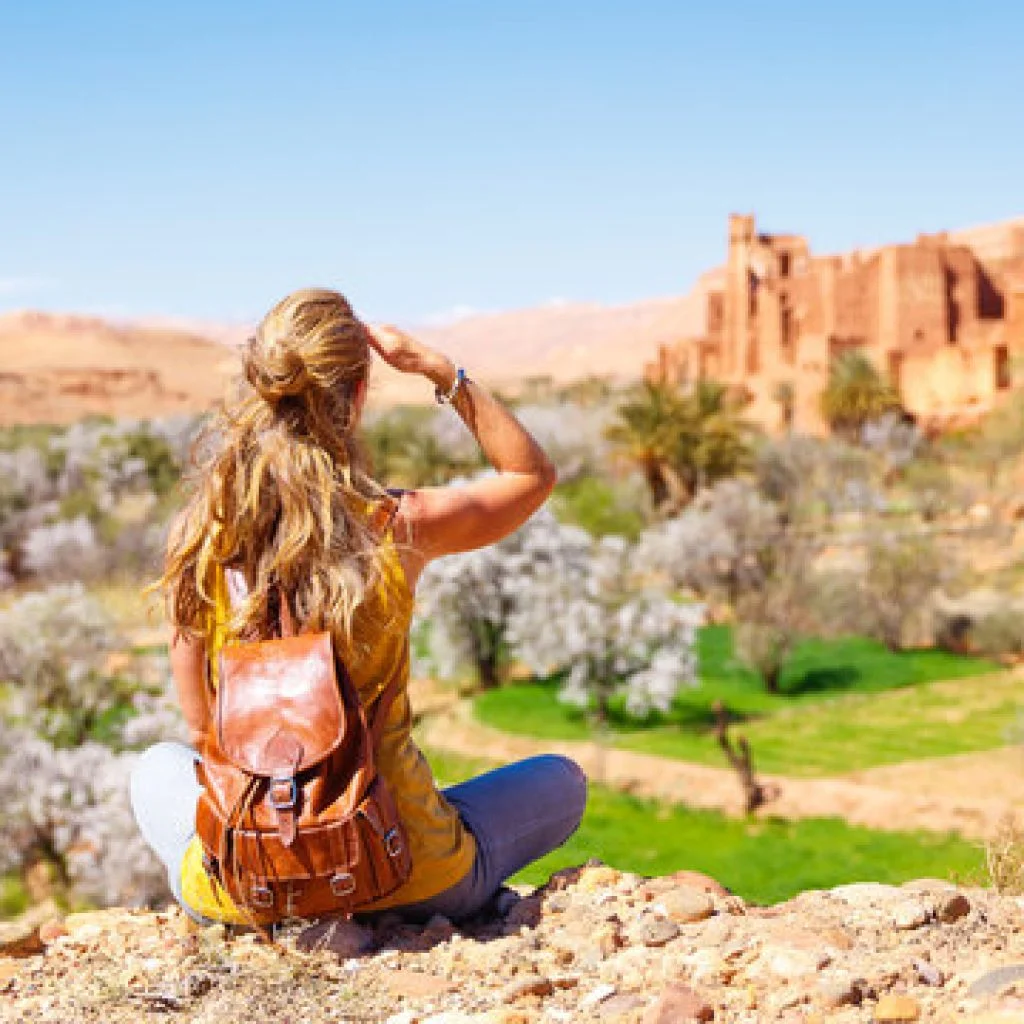
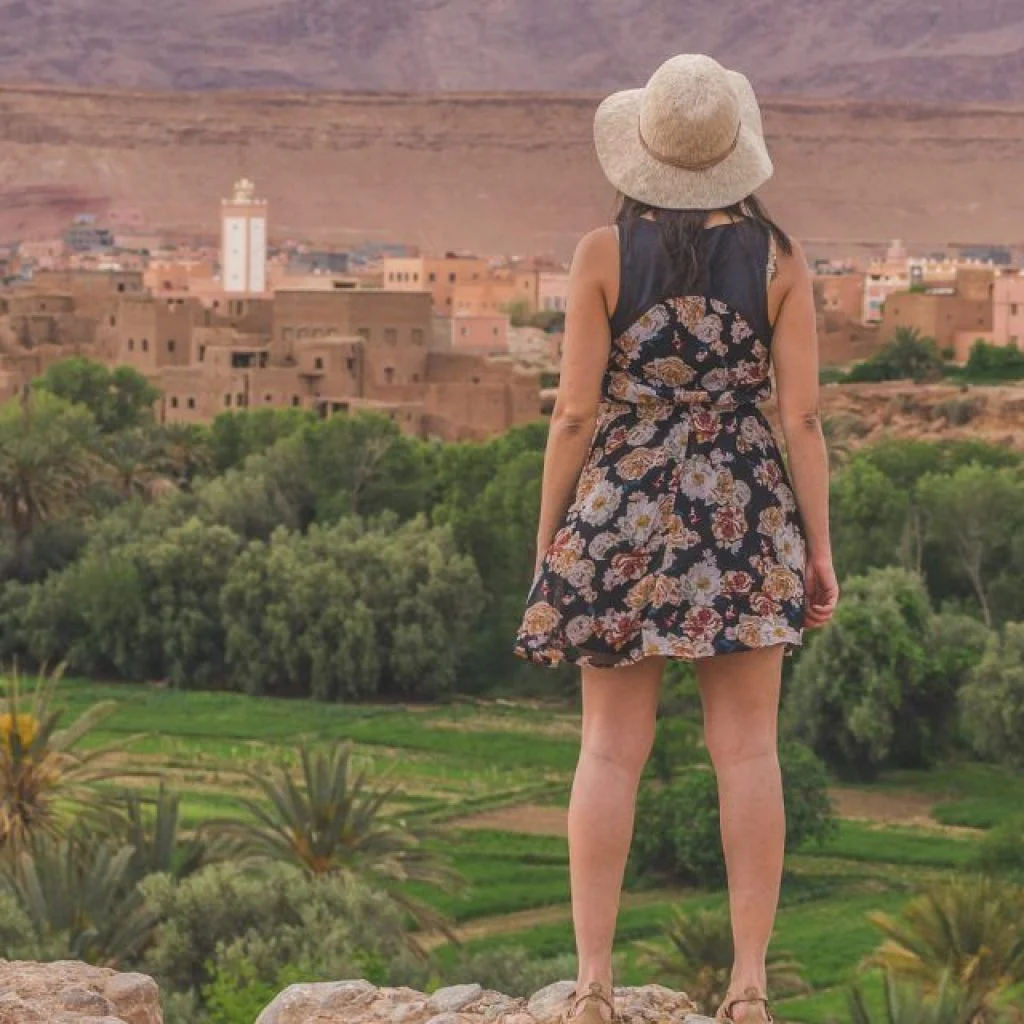
Where stay
Kasbah Assafar – Expertly restored Pisé kasbah in the village of Aït Khyar, with a terrace that makes the most of its elevated position (altitude 1400m) – there are eight bedrooms (two en-suite) but be sure to ask for one with a view over the valley. It also runs nearby Assafar Cottage, which has seven three- to ten-bed dormitories, shared bathrooms and a self-catering kitchen – or eat in at the main restaurant. The cuisine (100dh, set menus) focuses on honest Berber food (cooking classes are available). The owner Boullouz Aziz is a very experienced mountain guide who can organize walks and mountain bikes in the Vallée des Roses and Jebel Saghro.
Jbel Sirwa
The Anti-Atlas is a much less heralded mountain range than the High Atlas and is found in southern Morocco, but still boasts a number of tantalizing peaks. Sirwa, a massive volcanic mountain 3304 meters high, actually connects the two mountain ranges.
From Atougha Mount Sirwa can usually be climbed in two days, although a guide is strongly recommended particularly for the potentially risky final section. Alternatively, take a week to wander through the Berber valleys, with their steeply terraced fields, on a week-long round trip from Taliouine.
Rif Mountains
Morocco’s northern Rif Mountains aren’t as famous as many of the country’s mountain ranges, but they’re a favorite with local hikers, especially families. You are based in Chefchaouen and a plethora of day trip options beckon you. An ideal half-day of relaxation is along the banks of the Ras el-Maa River. You can choose the duration, then retrace your route or take a taxi back. More difficult is the long day hike up Jebel al-Kalaa, which overlooks the city. For night hikes the Talassemtane National Park tempts.
Where stay
Dar Antonio – This welcoming guesthouse has been personally restored and imaginatively decorated by the hands-on owner-manager. The seven rooms can accommodate from one to four people and each is unique, colorful and warm, and there’s even one with a working fireplace. There is a kitchen, two shared bathrooms, a courtyard and a panoramic terrace.
What to do
After long days of trekking, take a day off to discover Moroccan flavors on a guided food tour. Taste local delicacies, mingle with locals, and learn more about Moroccan culture and traditions.
Ifrane National Park
Nature lovers can indulge in Morocco’s “Little Switzerland” and its visual feast of flora and fauna in this vast national park in the Middle Atlas. The Atlas cedar-clad hillsides here are at their best in spring and fall.
Also check out the year-round hiking trails for the Barbary Macaque – once found throughout North Africa, it’s now an endangered species, and Ifrane National Park is one of its last reserves.
Where to stay in Azrou
Le Palais des Cerisiers – The tone of this alpine-style lodge is set by the imposing wooden staircase and continues into the large comfortable bedrooms, some with balconies overlooking the surrounding cherry trees (hence the name) and hills surrounding . Non-guests are welcome in the fine-dining restaurant or bar. There is a swimming pool and spa and mountain bikes are available for exploring the cedar forest – the Cèdre Gouraud is 7km away.
What to do
If you prefer to stay in Fez instead of staying in Ifrane or Azrou, there are day trips available that will take you on trekking and walking tours, like this one which includes a half day walking/trek.
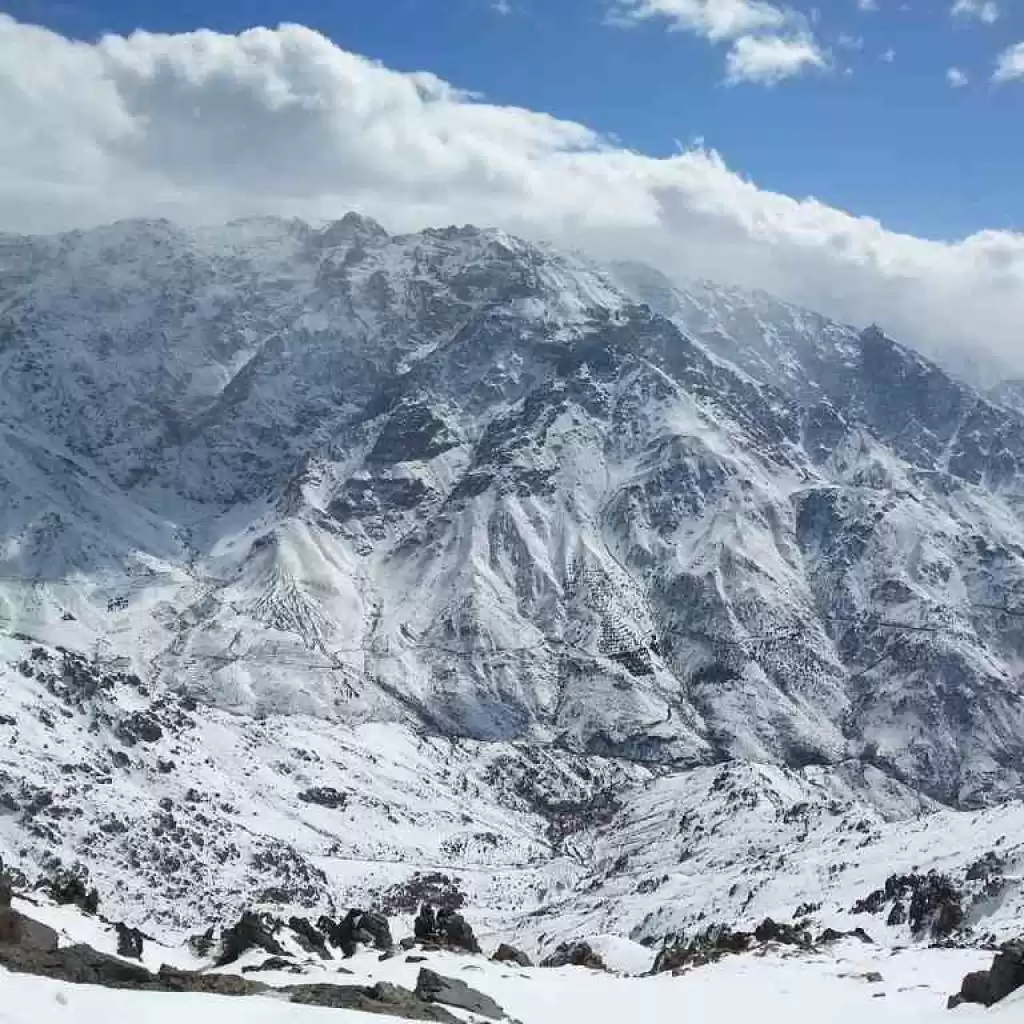
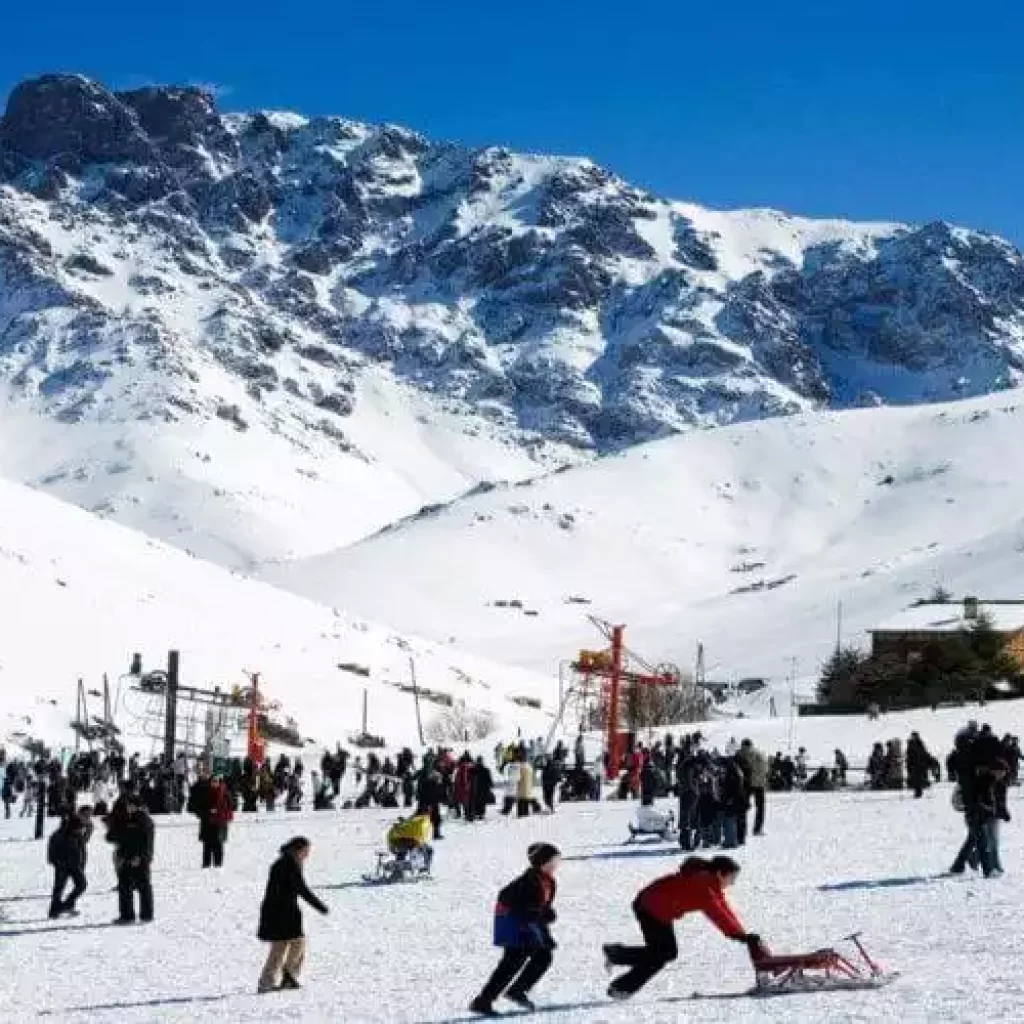
Paradise Valley
Most visitors to Morocco don’t normally associate the coastal beach town of Agadir with hiking, but the lush oasis of Paradise Valley isn’t far inland. This deep, palm-fringed gorge follows the river north to Imouzzer Ida Ou Tanane, 60km away.
Those with little time can walk the short path (about 3 km) from Imouzzer Ida Ou Tanane to the “Cascades” waterfalls. If you have more time you can hire a guide and a mule to explore the valley’s Berber villages and camp under the stars.
Where stay
Hotel Aferni – It’s worth asking for a room with a bath and balcony at this pleasantly old-fashioned three-star hotel, which boasts a swimming pool – heated in winter – and terrace, as well as TVs and safes in every room. The hotel also lacks a bar, which you may or may not consider an advantage.
Discover the beauty of Paradise Valley on a quad bike, one of the most exciting ways to explore the area.
In addition to trekking, discover the most interesting things to do in Morocco in our guide.
Go custom made
If you’d rather spend your time trekking than planning a trip, contact Bouchra, your local expert for Morocco. He designs, books and executes itineraries such as “A Tour of the Atlas Mountains of Morocco” and “Marrakech and the High Atlas Mountains”. All of her sample itineraries are editable to suit your preferences and wishes or simply send her a request and start over.

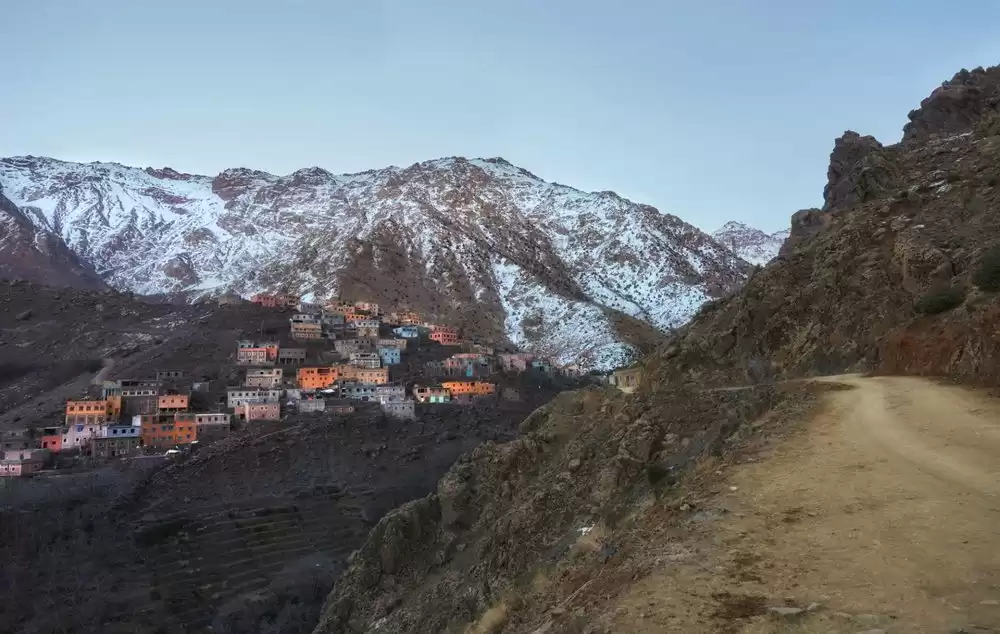
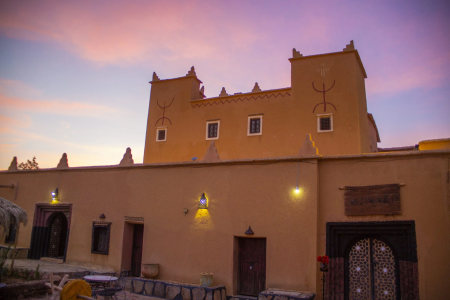

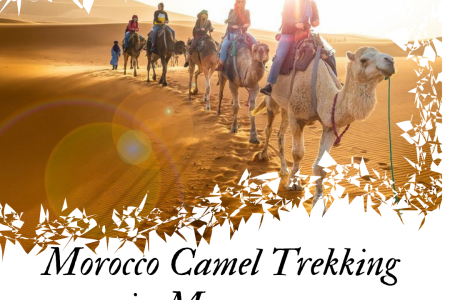
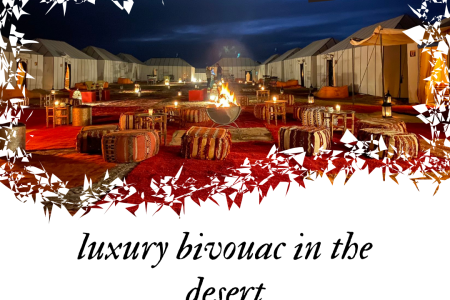
0 Comment